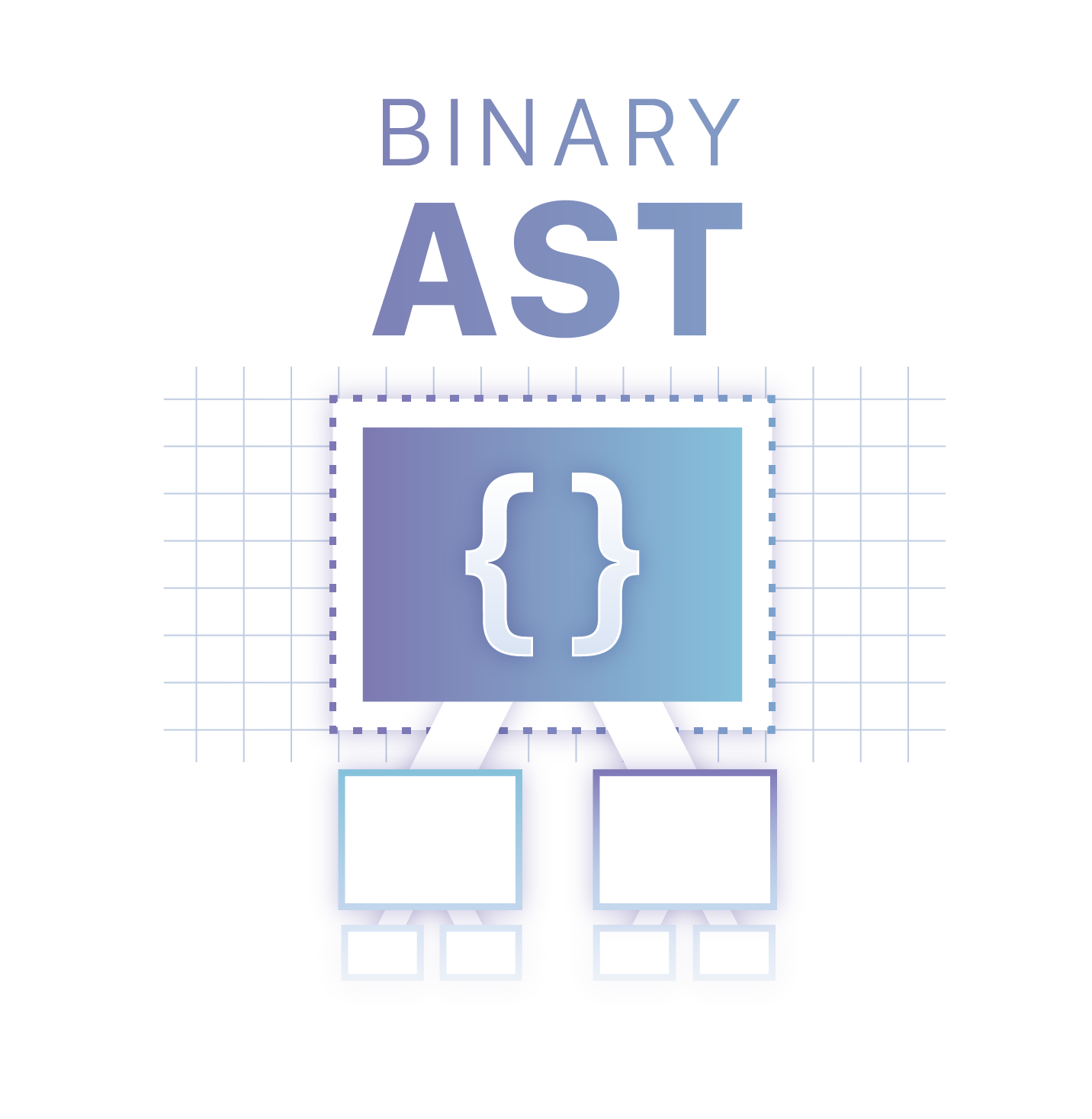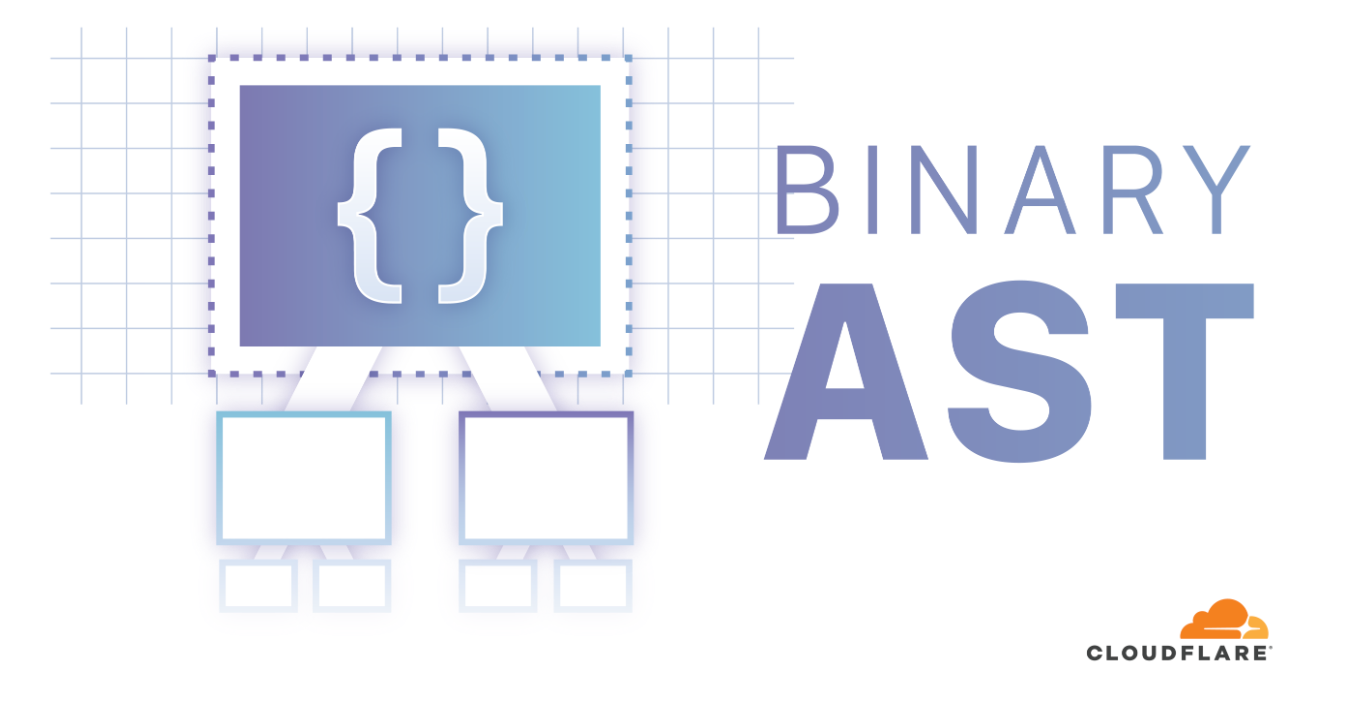SDxCentral Weekly Wrap: Thrangrycat Attacks Cisco Switches, Routers, Firewalls
 SDxCentral Weekly Wrap for May 17, 2019: Flaws found in Cisco switches, routers, and firewalls;...
SDxCentral Weekly Wrap for May 17, 2019: Flaws found in Cisco switches, routers, and firewalls;...
 SDxCentral Weekly Wrap for May 17, 2019: Flaws found in Cisco switches, routers, and firewalls;...
SDxCentral Weekly Wrap for May 17, 2019: Flaws found in Cisco switches, routers, and firewalls;...
 Open19 Foundation President Yuval Bachar kicked off the second annual summit by declaring that...
Open19 Foundation President Yuval Bachar kicked off the second annual summit by declaring that...
In this episode of the History of Networking, Donald Sharp and I talk to Luca Martini about the origins of pseudowires—one of the more interesting innovations in the use of MPLS.
Outro Music:
Danger Storm Kevin MacLeod (incompetech.com)
Licensed under Creative Commons: By Attribution 3.0 License
http://creativecommons.org/licenses/by/3.0/
In this Network Collective Short Take, Russ White and Tom Ammon talk through different types of Internet peering and how they are used.
The post Short Take – Peering and Resources in the DFZ appeared first on Network Collective.
Well, not exactly Fishin', but I'll be on a month long vacation starting today. I won't be posting new content, so we'll all have a break. Disappointing, I know. Please use this time for quiet contemplation and other inappropriate activities.

If you really need a not so quick fix there's always the back catalog of Stuff the Internet Says. Odds are there's a lot you didn't read—yet.
 The “cognitive intelligence” platform was developed with Microsoft as a way to use AI to help...
The “cognitive intelligence” platform was developed with Microsoft as a way to use AI to help...

When I say “rock star”, you probably have all kinds of images that pop up in your head. Private planes, penthouse suites, grand stages, and wheelbarrows full of money are probably on that list somewhere. Maybe you’re a purist and you think of someone dedicated to the craft of entertaining the masses and trying to claw their way to fame one note at a time. But I’m also sure in both of those cases you also think about the negative aspects of being a rock star. Like ego. And lack of humility. I want to touch on some of that as it pertains to our jobs and our involvement in the community.
The rock star mentality at work is easy to come by. Perhaps you’re very good at what you do. You may even be the best at your company or even at the collection of companies that are your competitors. You’re the best senior architect there is. You know the products and the protocols and you can implement a complex project with your eyes closed. That’s how people start looking at you. Larger than life. The best. One of a kind.
And that Continue reading
Today's Heavy Networking digs into VyOS, an open-source, Linux-based network OS for routing. Forked from the Vyatta Core, VyOS includes a full routing stack and features including firewalling, VPN, and more. Guest Yuriy Andamasov, the project coordinator, gives us a guided tour.
The post Heavy Networking 450: Getting To Know The Open-Source VyOS Network OS appeared first on Packet Pushers.


The performance of applications on the web platform is becoming increasingly bottlenecked by the startup (load) time. Large amounts of JavaScript code are required to create rich web experiences that we’ve become used to. When we look at the total size of JavaScript requested on mobile devices from HTTPArchive, we see that an average page loads 350KB of JavaScript, while 10% of pages go over the 1MB threshold. The rise of more complex applications can push these numbers even higher.
While caching helps, popular websites regularly release new code, which makes cold start (first load) times particularly important. With browsers moving to separate caches for different domains to prevent cross-site leaks, the importance of cold starts is growing even for popular subresources served from CDNs, as they can no longer be safely shared.
Usually, when talking about the cold start performance, the primary factor considered is a raw download speed. However, on modern interactive pages one of the other big contributors to cold starts is JavaScript parsing time. This might seem surprising at first, but makes sense - before starting to execute the code, the engine has to first parse the fetched JavaScript, make sure Continue reading
Welcome to Technology Short Take #114! There will be a longer gap than usual before the next Tech Short Take (more details to come on Monday), but in the meantime here’s some articles and links to feed your technical appetite. Enjoy!
conntrack is no longer your friend.Every time a new simple programming language is invented, we go through the same predictable cycle:
A few years ago we experienced the same cycle when OpenFlow was the-one-tool-to-bind-them all.
Read more ...Understanding real-world concurrency bugs in Go Tu, Liu et al., ASPLOS’19
The design of a programming (or data) model not only makes certain problems easier (or harder) to solve, but also makes certain classes of bugs easier (or harder) to create, detect, and subsequently fix. Today’s paper choice studies concurrency mechanisms in Go. Before we dive in, it might be interesting to pause for a moment and consider your own beliefs about Go, which may well include some of the following:
The first of those statements is true. For the remaining statements, you can use the data from this research to re-evaluate how strongly you want to hold those opinions…
We perform the first systematic study on concurrency bugs in real Go programs. We studied six popular Go software [projects] including Docker, Kubernetes, and Continue reading
The IPv6 Buzz crew talks MAP-T, MAP-E and Happy Eyeballs with Andrew Yourtchenko, co-author of the original Happy Eyeballs RFC. We discuss the role of Happy Eyeballs given current rates of IPv6 adoption, the differences between MAP-T and MAP-E, and more.
The post IPv6 Buzz 026: MAP-T And Happy Eyeballs With Andrew Yourtchenko appeared first on Packet Pushers.